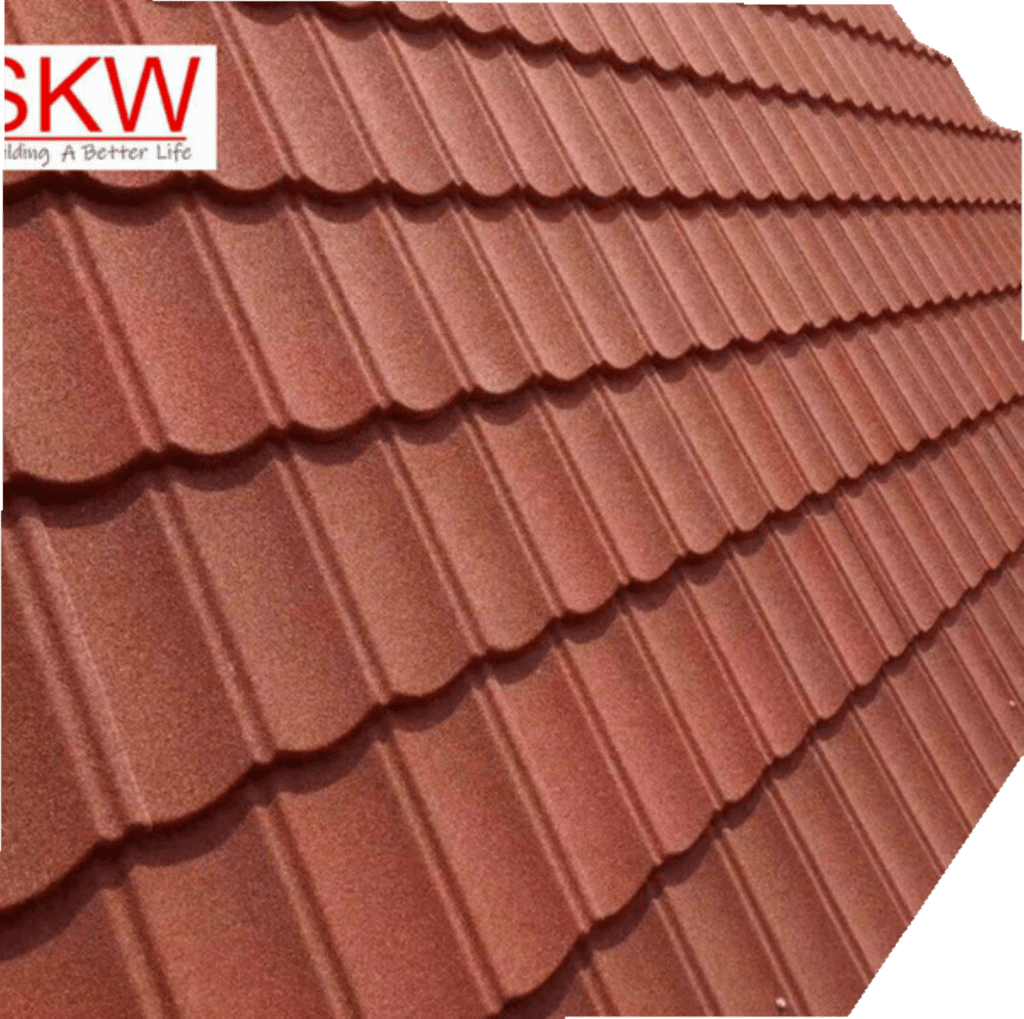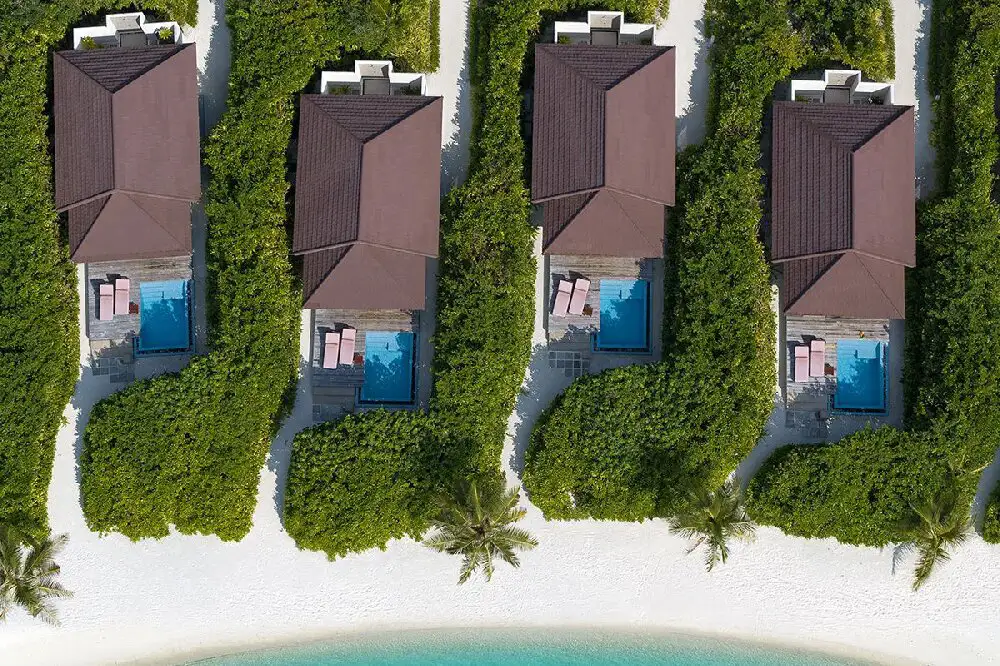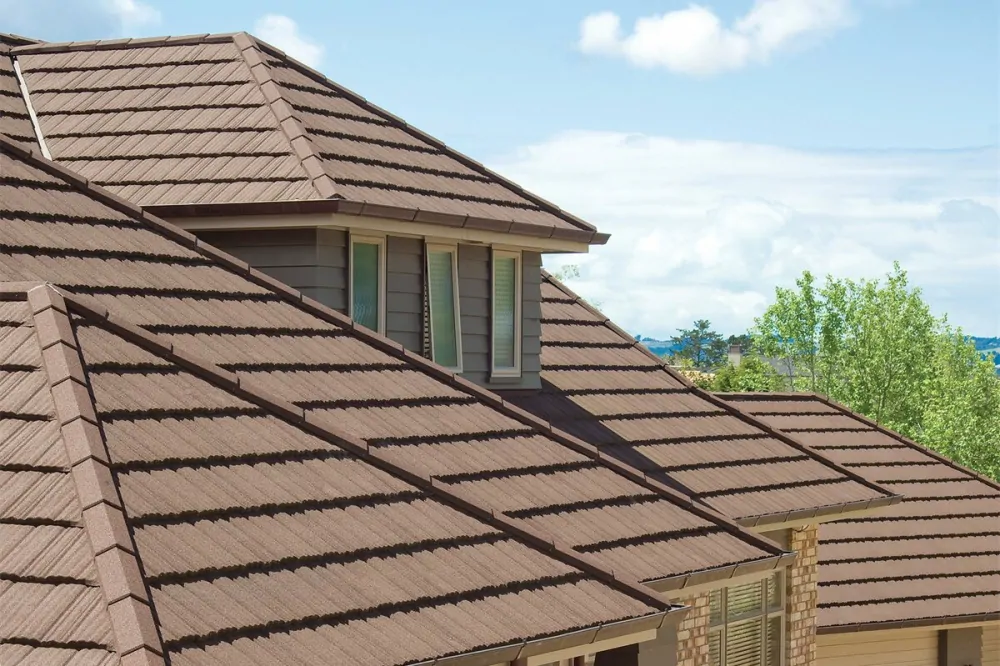Wildfire spreads faster than human limits – is your roof ready for the ‘last line of defense’?
According to data from the California Department of Forestry and Fire (CAL FIRE) in 2024, modern wildfires are spreading at a rate of 14 football fields per minute, and traditional roofing materials are becoming deadly ignition points
-Combustible materials accumulate at the joints of ceramic tiles, causing a secondary fire of 32%
-Asphalt shingles melt at 260 ℃, producing toxic smoke diffusion
-The reignition time of residual flames on the wooden roof exceeds 72 hours
We collaborated with the IBHS Wildfire Research Center to test six types of roof materials in real fire scenarios, revealing true survival level fire prevention solutions.
Life and Death List of Material Fireproof Performance (Updated in 2024)
| Material type | Fire rating | Residual flame reignition time | Radiant heat threshold | Fly fire test survival rate |
|---|---|---|---|---|
| Stone coated metal roof | Class A | 0 seconds | ≥ 6500W/m ² | 100% |
| Concrete tile | Class A | 28 seconds | 4200W/m ² | 87% |
| Fiberglass Asphalt Tile | Class B | Instant Ignition | 1800W/m ² | 9% |
| Anti corrosion wooden tile | Class C | 3 minutes and 12 seconds | 950W/m ² | 0% |
| Synthetic rubber roof | Class B | 1 minute and 45 seconds | 2400W/m ² | 23% |
| Clay tile | Class A | 16 seconds | 3800W/m ² | 68% |
7 firewalls for stone coated metal roofs
1. Molecular sealing technology
–360 ° seamless locking edge : eliminates traditional ceramic tile 3-5mm seam and prevents flying fire from entering
–Expansion type sealant : expands by 300% when exposed to heat and maintains airtightness at 650 ℃
2. Thermal energy reflection shield
| Parameters | Stone coated metal roof | Standard ceramic tiles |
| Solar Reflectance Index (SRI) | 85 | 22 |
| Surface emissivity | 0.85 | 0.90 |
| Surface temperature during fire | ≤ 180 ℃ | ≥ 540 ℃ |
3. Flying Fire Defense System
-Basalt particle coating : 3mm thick protective layer can withstand 15J impact (equivalent to 30g of combustibles hitting at 23m/s)
-Self cleaning inclined surface design : 65 ° inclination angle automatically removes 95% combustible residue

—
Level 3 protection upgrade that owners in wildfire areas must do
Level 1: Material selection criteria
– Mandatory requirement :
✅ Class A Fire Protection Certification (ASTM E108 standard)
✅ WUI (Wildland Urban Interface) compliance
✅ The survival rate of the flying fire test is ≥ 95%
Level 2: Key Node Reinforcement
-Roof protection:
-Install 1.2mm thick stainless steel fire deflector
-Filling voids with expanded fire-resistant foam
-Ventilation vent renovation:
-Replace with 1mm aperture metal mesh (to prevent embers from entering)
-Install automatic shut-off fire damper
Level 3: Intelligent Monitoring System
-Thermal imaging warning:
-Real time monitoring of temperature gradient by distributed sensors on the roof
-Warning of fire 15-20 minutes in advance
-Automatic sprinkler system :
-Use potassium phosphate dry powder fire extinguishing agent to avoid water damage
—
Extreme test: When 1200 ℃ flames engulf the roof
Test scenario :
-Flame temperature: 1200 ℃ (equivalent to the temperature in the core area of a wildfire)
-Duration: 90 minutes (twice the California Building Code)
-Additional challenge: Project 200 burning embers per hour
SKW Stone coated metal roof performance :
1. Zero penetration: The internal temperature is always below 38 ℃
2. Structural integrity : Bending strength only decreased by 7% (ceramic tiles decreased by 89%)
3. Toxic gas : VOC release of 0.02ppm (safety threshold ≤ 0.5ppm)
—
Practical Cases of Global Wildfire Areas
Case 1: Canberra Mountain Fire Zone, Australia
–Challenge: Air temperature reaches 480 ℃ during the 2019-2020 wildfire season
–Solution :
-0.6mm stone coated metal roof+titanium alloy fireproof board
-Integrated heat reflective coating (SRI 92)
–Achievement :
-All 72 houses using this system have survived
-Obtained Bushfire Attack Level 40 certification from the Australian Building Code Board

Case 2: Napa Valley Winery in California, USA
-Challenge: Annual wind speed of 130km/h+flammable environment in vineyards
–Solution :
-Imitation stone texture metal roof+automatic sprinkler system
-Create a fire isolation zone within a 50m radius
–Achievement :
-Successfully resisted the 2023 Glass Fire wildfire
-Reduce insurance claims costs by 83%

—
Five Deadly Misconceptions in Wildfire Protection
❌ Misconception : “Class A materials are equivalent to absolute fire resistance”
✅ Truth : Requires fire-resistant eaves, sealing and other systems, with a single material survival rate of only 38%
❌ Misconception : “Metal roofs can conduct heat and ignite the interior”
✅ Truth: Adopting an air layer insulation design, the temperature difference between the inside and outside can reach 560 ℃
❌ Misconception : “Old houses cannot be upgraded with fire-resistant roofs”
✅ Truth : 78% of cases can be installed on existing structures, requiring a load of ≥ 1.8kPa/m ²
